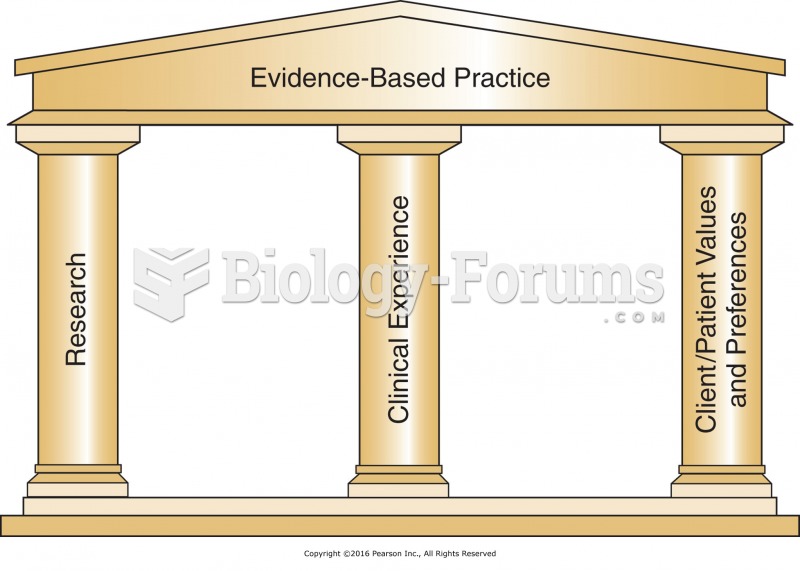Answer to Question 1
The five key IMC features are:
1 . The customer represents the starting point for all marketing communications activities. The IMC approach avoids an inside-out approach (from company to customer) in identifying communication vehicles and instead starts with the customer (outside-in) to determine those communication methods that will best serve the customers' information needs and motivate them to purchase the brand. The point of this feature is that brand managers and their agencies should not restrict themselves to only one set of communication media.
2 . Brand managers and their agencies should be amenable to using various marketing communication tools. That is, carefully select those tools that are most appropriate for the communications objective at hand. Practitioners of IMC need to be receptive to using all forms of touch points, or contacts, as potential message delivery channels. The key feature of this IMC element is that it reflects a willingness on the part of brand communicators to use any communication outlets that are appropriate for reaching the target audience.
3 . Multiple messages must speak with a single voice. Inherent in the philosophy and practice of IMC is the demand that a brand's assorted communication elements must all strive to present the same message and convey that message consistently across diverse message channels, or points of contact. Coordination of messages and media is absolutely critical to achieving a strong and unified brand image and moving consumers to action. In general, the single-voice principle involves selecting a specific positioning statement for a brand.
4 . Build relationships rather than engage in flings. A relationship is an enduring link between a brand and its customers. Successful relationships between customers and brands lead to repeat purchasing and perhaps even loyalty toward a brand. One way to build brand/customer relationships is the use of frequency, loyalty, or ambassador programs. Relationships also are nurtured by creating brand experiences that make positive and lasting impressions, such as special events.
5 . Don't lose focus of the ultimate objective: affect behavior Marketing communications must do more that just influence brand awareness or enhance consumer attitudes toward the brand. The objective, in other words, is to move people to action.
Answer to Question 2
True







